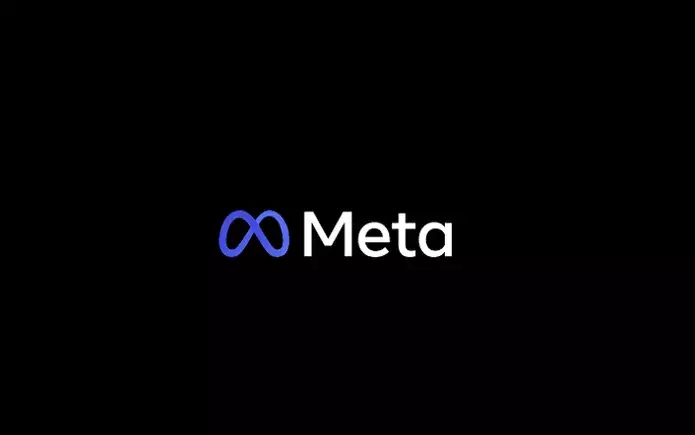The unexpected resurgence of Donald Trump to the presidency has created ripples across various sectors, particularly in the tech industry. Meta, formerly known as Facebook, stands at a pivotal junction regarding its leadership and operational strategies. The tech giant is publicly repositioning itself in anticipation of the evolving political landscape. As such, the recent announcement of adding three prominent figures to its board—Exor CEO John Elkann, investor Charlie Songhurst, and UFC president Dana White—has sparked discussions about its impending implications. In particular, the enlistment of Dana White, a known Trump supporter, symbolizes a shift towards bridging gaps with the newly elected administration.
Understanding Meta’s New Board Composition
The addition of Dana White to Meta’s board is particularly noteworthy, considering his vocal allegiance to Trump. White’s history includes not only supporting Trump’s 2020 campaign but also speaking at the Republican National Convention. His presence on Meta’s board may serve to foster a more amicable relationship with Trump, especially in light of past tensions wherein Trump threatened to jail Meta CEO Mark Zuckerberg due to perceived biases against conservative viewpoints. Trump’s discontent primarily stemmed from Meta suspending his accounts following the Capitol riots—a decisive moment for the company that sent ripples through its public perception.
Further amplifying these changes is the departure of Nick Clegg, the public affairs leader responsible for banning Trump. Replacing him with Joel Kaplan, who has advocated for more lenient political speech policies, signals Meta’s intent to adopt a more welcoming stance towards political discourse. Such personnel shifts suggest an organizational pivot towards aligning with conservative viewpoints, potentially reshaping the tech giant’s approach to content moderation.
Meta’s move to recruit individuals with strong connections to Trump raises questions about the future of political speech on its platforms. Historically, the company has imposed strict regulations on political content, citing concerns that it incited division among users. However, the restructuring of its public policy team indicates a trend towards accommodating more political expression, which could prompt a reevaluation of restrictions imposed in the past. This newfound direction could manifest as a loosening of policies that restricted the reach of political content.
While this may address some criticisms of bias, it also presents a double-edged sword. With over 3 billion users across its platforms, Meta retains substantial influence over the conversation surrounding political issues. This is particularly pertinent as Trump and his allies may look to leverage this reach in future election cycles. The juxtaposition of user engagement and political discourse presents a significant challenge as Meta navigates how to best engage its audience.
Similarly, the dynamics between Trump’s new social network, Truth Social, and Meta is another area of interest. During his first presidential term, Trump heavily relied on platforms like Facebook and Twitter to communicate with the electorate. In contrast, his relationship with Truth Social complicates this landscape, as users now have alternatives to mainstream platforms for political discourse.
It is essential to question whether Meta’s gestures towards the Trump administration are purely strategic or if they indicate a genuine alignment of interests. On one hand, positioning pro-Trump figures in leadership roles can be seen as practical business sense—aiming to mitigate risk and foster goodwill with a possibly antagonistic administration. On the other hand, this could create challenges in maintaining a balanced platform for all political viewpoints.
When faced with contentious remarks from Trump, which may hinge on misinformation or incendiary rhetoric, Meta will need to establish clear boundaries in moderating this content. The challenge lies in balancing the need for free speech with the responsibility of curbing harmful narratives. The influence of figures like Dana White could play a critical role in shaping Meta’s responses to this delicate situation.
As Meta embarks on this new chapter under the looming shadow of a Trump administration, the implications are manifold. The company’s restructuring and strategic additions to its board signal a potential shift towards a more lenient stance on political content. However, this approach must be measured against the risk of fostering divisions among users and the challenges of moderating contributions from a high-profile figure like Trump. Ultimately, how Meta navigates this new reality could not only define its trajectory for the next four years but also influence broader conversations about the role of social media in democracy. Whether these changes constitute a genuine realignment with conservative politics or reflect a necessary accommodation to a new political wave remains to be seen.

